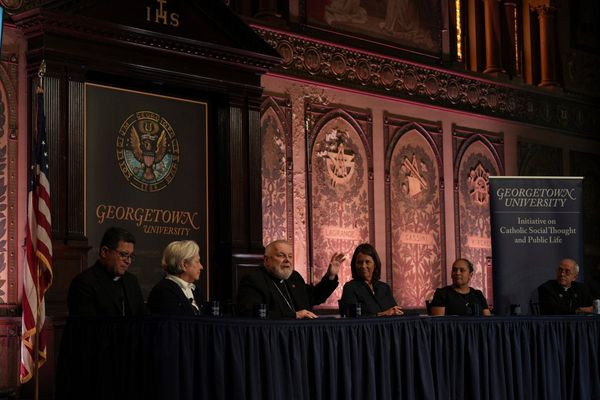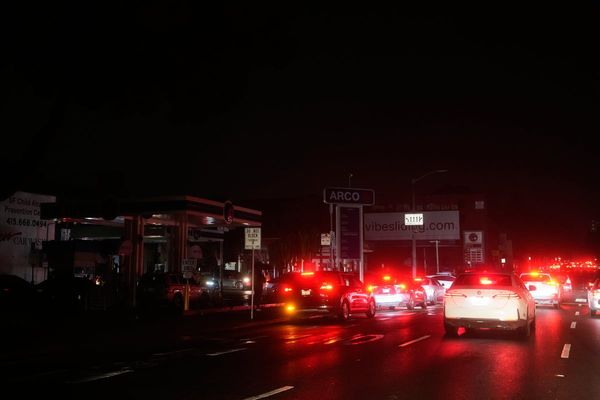Police chiefs are urging ministers to give them access to the driving licence database so they can catch more of the Southport Far-Right rioters using facial recognition.
The National Police Chiefs’ Council told the Commons home affairs committee that 127 suspects involved in the summer riots had been identified using retrospective facial recognition.
But they believe more could have been caught if officers could scour the Driver and Vehicle Licensing Agency’s database to identified suspected offenders.
“The use of retrospective facial recognition has been a crucial part of the rapid police response to the summer disorder by helping us to identify offenders through police force custody image databases, HM Passport Office, Immigration, and Interpol databases,” the NPCC told the MPs’ investigation into the public disorder.
“However, there remain many of these offenders who have not been identified on these systems.
“Police currently lack access to the database held by the DVLA, and access to this would have helped during this investigation.
“While this is being looked at by the Home Office, where a national investigation of this kind occurs in future, police access to the DVLA database would help to substantially improve offender identification.”
Axel Rudakubana, of Banks, Lancashire, was to stand trial at Liverpool Crown Court on Monday charged with 16 offences, including three counts of murder.
Alice da Silva Aguiar, nine, Bebe King, six, and Elsie Dot Stancombe, seven, died following the attack at the Taylor Swift-themed class in The Hart Space on a small business park in the seaside town shortly before midday on July 29.
The defendant, who was 17 at the time of the attack, admitted their murders as well as the attempted murders of eight other children, who cannot be named for legal reasons, class instructor Leanne Lucas and businessman John Hayes.
Mr Justice Goose said Rudakubana will be sentenced on Thursday.
Rudakubana, who was born in Cardiff, also admitted production of a biological toxin, ricin, on or before July 29 and possession of information likely to be useful to a person committing or preparing to commit an act of terrorism.
The Southport stabbings sparked riots in towns and cities in Britain, fuelled by the Far Right and false rumours spreading on social media that Rudakubana was an asylum seeker, known to MI6, who had arrived in Britain crossing the Channel in a “small boat”.
As the violence spread, Sir Keir Starmer who had just entered No10 as Prime Minister called for a swift response by the police and criminal justice system to stamp it out.
The police chiefs told the MPs that as of 13 November 2024, there had been:
* 1,711 arrests
* 1,041 charges
* 127 suspects identified using retrospective facial recognition
* 340 suspects observed in footage who are yet to be identified
They added that the highest volume of arrests took place in the north and centre of England.
Forces with high levels of arrests and charges outside of the Metropolitan Police were Merseyside, Staffordshire, South Yorkshire, Cleveland and Greater Manchester.
Ninety-nine, or five per cent, of those arrested so far were because of online offences.
The people arrested were primarily under the age of 45 (86% of all arrests) and male (92% of all arrests).
Fifteen per cent of all arrests were juvenile males under 18, 23% were males aged 18-25, and another 23% were males aged 26-35.







